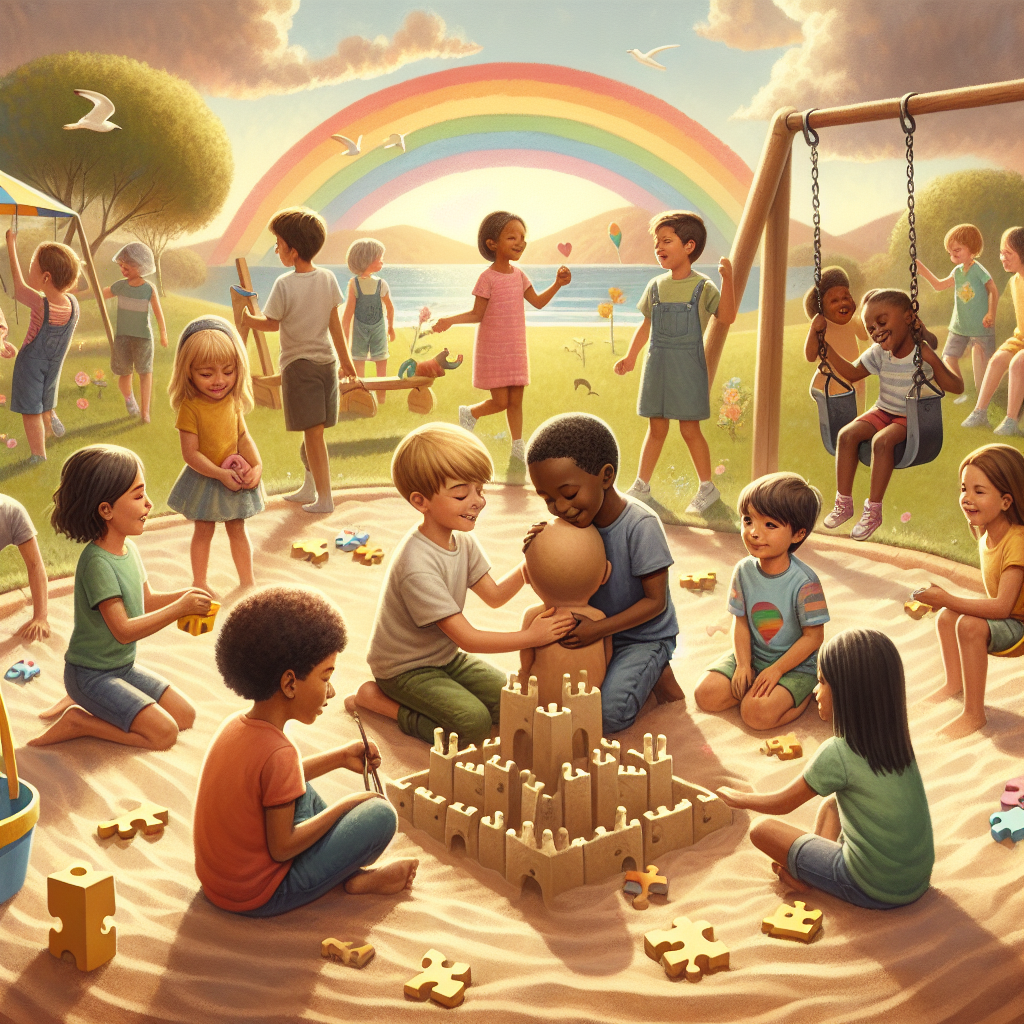How to Choose Toys That Encourage Empathy
In today’s fast-paced world, fostering empathy in children is more crucial than ever. Toys that promote empathy not only help kids understand and share the feelings of others but also build a foundation for healthy interpersonal relationships. In this blog post, we’ll explore how to choose toys that encourage empathy, helping your child grow into a compassionate individual.
Table of Contents
1. Introduction to Empathy in Play
2. Why Empathy Matters
3. Characteristics of Empathy-Boosting Toys
4. Toy Recommendations for Different Age Groups
5. How to Encourage Empathy Beyond Toys
6. Conclusion
7. FAQs
Introduction to Empathy in Play
Children learn best through play, making it an essential tool for teaching complex emotions like empathy. While many toys are entertaining, those designed to enhance emotional intelligence can be powerful allies in child development. By selecting the right toys, you can guide your little ones in understanding and appreciating the feelings of those around them.

Why Empathy Matters
Empathy is the ability to sense or imagine others’ emotions, a skill vital for effective communication and conflict resolution. Developing empathy helps children become more socially aware and improves their emotional intelligence. Empathetic kids tend to have better relationships and are often more successful in collaborative environments. 🌟

Characteristics of Empathy-Boosting Toys
Not all toys are created equal, especially when it comes to encouraging empathy. Here are some key characteristics to look for:
1. Role-Playing Elements: Toys that allow children to take on different roles can help them see the world from various perspectives. Dollhouses, action figures, and dress-up clothes are great examples.
2. Cooperative Play: Board games and puzzles that require teamwork encourage children to consider the needs and feelings of others.
3. Storytelling Opportunities: Books and story-based games allow children to step into different characters’ shoes, enhancing their understanding of diverse emotions and situations.
4. Emotionally Expressive Materials: Toys that include faces with different expressions or scenarios that evoke emotional responses can help children learn to identify and discuss feelings.
Toy Recommendations for Different Age Groups
Choosing age-appropriate toys is crucial for maximizing their impact. Here are some recommendations:
Toddlers (Ages 1-3):
– Soft Dolls: These allow toddlers to practice nurturing behaviors through hugging and caring.
– Simple Puzzles: Working together with a caregiver on simple puzzles can introduce the concept of cooperation.
Preschoolers (Ages 4-5):
– Pretend Play Sets: Kitchen sets, doctor kits, and other role-playing toys encourage empathy through imitation.
– Storybooks: Books with simple narratives about characters experiencing different emotions can spark discussions about feelings.
School-Age Children (Ages 6-12):
– Board Games: Games like “The Game of Life” or “Clue” involve strategy and interaction, promoting empathy.
– Interactive Story Apps: Digital storytelling apps often allow children to make choices for characters, teaching consequences and empathy.
How to Encourage Empathy Beyond Toys
While toys are an excellent start, there are other ways to nurture empathy in children:
1. Model Empathy: Children learn by observing. Display empathetic behavior in your interactions with others.
2. Discuss Feelings: Encourage open conversations about emotions, asking your child how they might feel in different scenarios.
3. Volunteer Together: Participating in community service can expose children to different life situations, fostering empathy.
Conclusion
Choosing toys that encourage empathy is a thoughtful way to invest in your child’s emotional and social development. By selecting toys that promote role-playing, cooperation, storytelling, and emotional expression, you can help your child develop a strong sense of empathy. Remember, empathy is a skill that can be nurtured and developed over time, and every small step counts. 😊
FAQs
Q1: Can toys really teach empathy?
A1: Yes, toys that encourage role-playing, cooperative play, and storytelling can help children understand and express emotions, fostering empathy.
Q2: What are some signs that a child is developing empathy?
A2: A child showing empathy might comfort a sad friend, share toys without prompting, or express concern for others’ feelings.
Q3: Are there any specific brands known for empathy-boosting toys?
A3: Brands like Melissa & Doug, LEGO, and Fisher-Price offer toys designed to enhance social and emotional learning.
